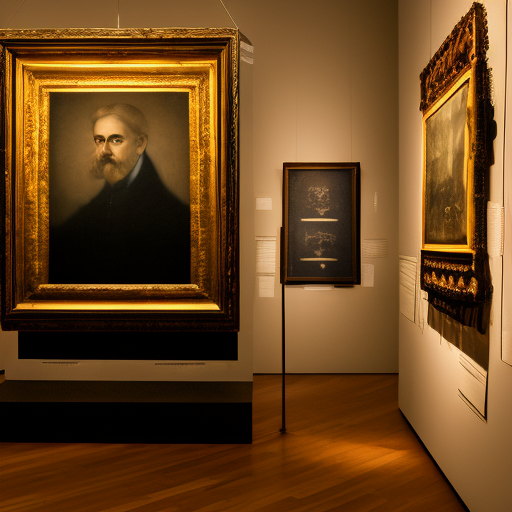Summary:
Curators are professionals who play a crucial role in the art world by organizing and managing exhibitions, collections, and cultural events. They are responsible for researching, selecting, and interpreting artworks, as well as creating meaningful connections between artists, artworks, and audiences. Curators work in various settings, including museums, galleries, and cultural institutions, and their expertise and vision shape the way art is presented and understood.
What is a Curator?
A curator is an individual who specializes in the management and interpretation of art and cultural artifacts. They are knowledgeable about art history, aesthetics, and the art market. Curators work closely with artists, collectors, and other professionals to create exhibitions and programs that engage and educate audiences. Their role involves researching, acquiring, conserving, and displaying artworks, as well as developing narratives and themes that enhance the viewer’s understanding and appreciation of the art.
Curatorial Responsibilities
Curators have a wide range of responsibilities that vary depending on the institution and the nature of the exhibition or collection. Some of their key tasks include:
- Research: Curators conduct extensive research on artists, artworks, and historical contexts to provide accurate and insightful information to visitors. They often collaborate with scholars, conservators, and other experts to deepen their understanding of the art.
- Selection: Curators carefully select artworks for exhibitions, considering factors such as artistic quality, historical significance, and thematic relevance. They aim to create a cohesive and engaging experience for visitors.
- Interpretation: Curators develop interpretive materials, such as labels, audio guides, and catalog essays, to help audiences understand and appreciate the artworks on display. They strive to make complex ideas accessible and relevant to diverse audiences.
- Collection Management: Curators are responsible for acquiring, cataloging, and conserving artworks in a collection. They ensure that artworks are properly stored, handled, and displayed to preserve their integrity and longevity.
- Exhibition Design: Curators collaborate with exhibition designers to create visually compelling and immersive exhibition spaces. They consider factors such as lighting, layout, and display techniques to enhance the viewer’s experience.
- Public Engagement: Curators organize public programs, such as lectures, workshops, and guided tours, to engage audiences and foster a deeper understanding of the art. They may also collaborate with educational institutions to develop curriculum materials and outreach initiatives.
Types of Curators
Curators work in various settings and specialize in different areas of art and culture. Some common types of curators include:
- Museum Curators: Museum curators manage collections, organize exhibitions, and conduct research. They work in art museums, history museums, science museums, and other cultural institutions.
- Gallery Curators: Gallery curators oversee exhibitions and represent artists in commercial galleries. They work closely with artists, collectors, and art dealers to promote and sell artworks.
- Independent Curators: Independent curators work on a freelance basis and collaborate with various institutions and organizations to curate exhibitions and projects. They often have a specific area of expertise or focus.
- Curators of Specialized Collections: Some curators specialize in specific types of collections, such as photography, textiles, or contemporary art. They have in-depth knowledge of their respective fields and contribute to the scholarship and understanding of those art forms.
Skills and Qualifications
To become a curator, individuals typically need a combination of education, experience, and skills. A bachelor’s or master’s degree in art history, museum studies, or a related field is often required. Curators should have excellent research, writing, and communication skills, as well as a deep passion for art and culture. They must be detail-oriented, organized, and able to work collaboratively with artists, colleagues, and the public. Curators also need to stay informed about current trends and developments in the art world to ensure their exhibitions and programs remain relevant and engaging.












